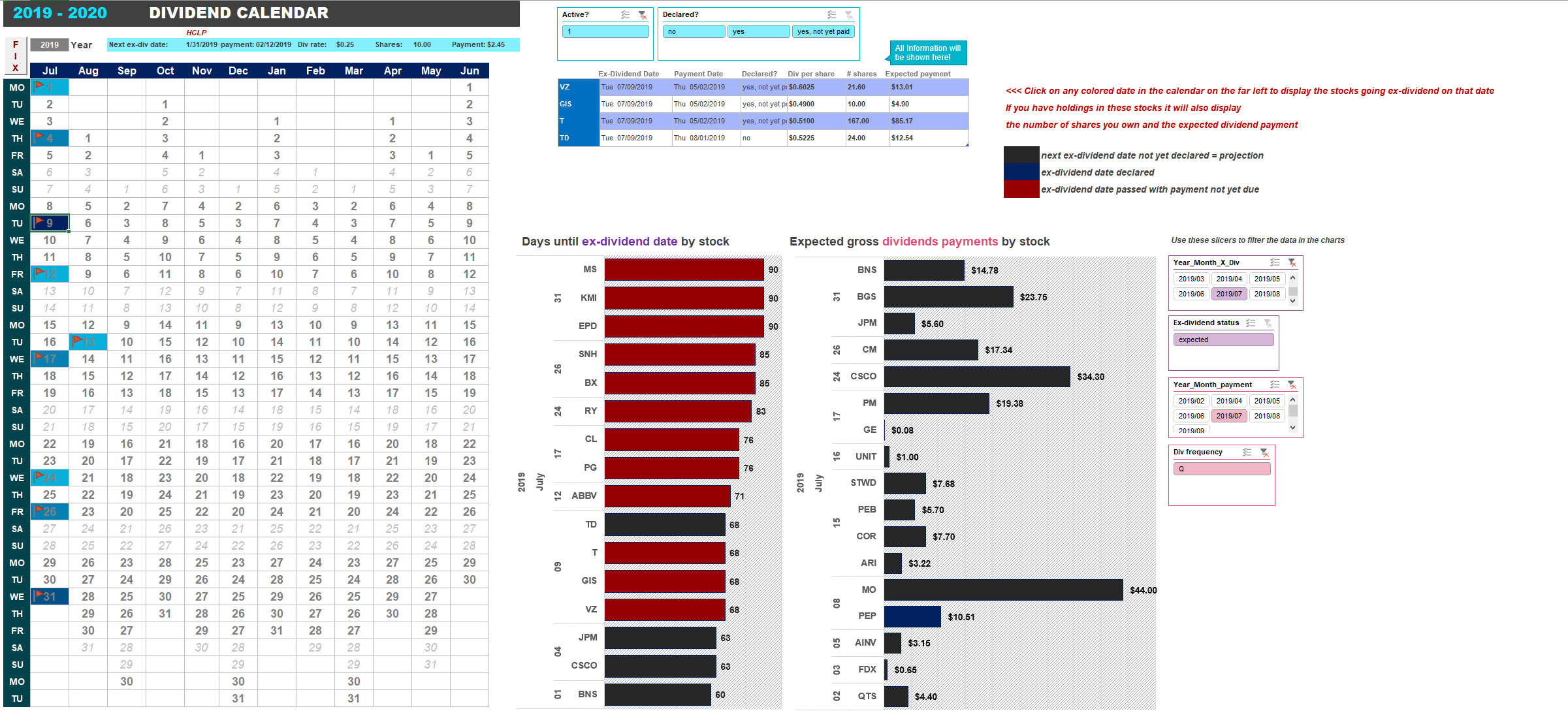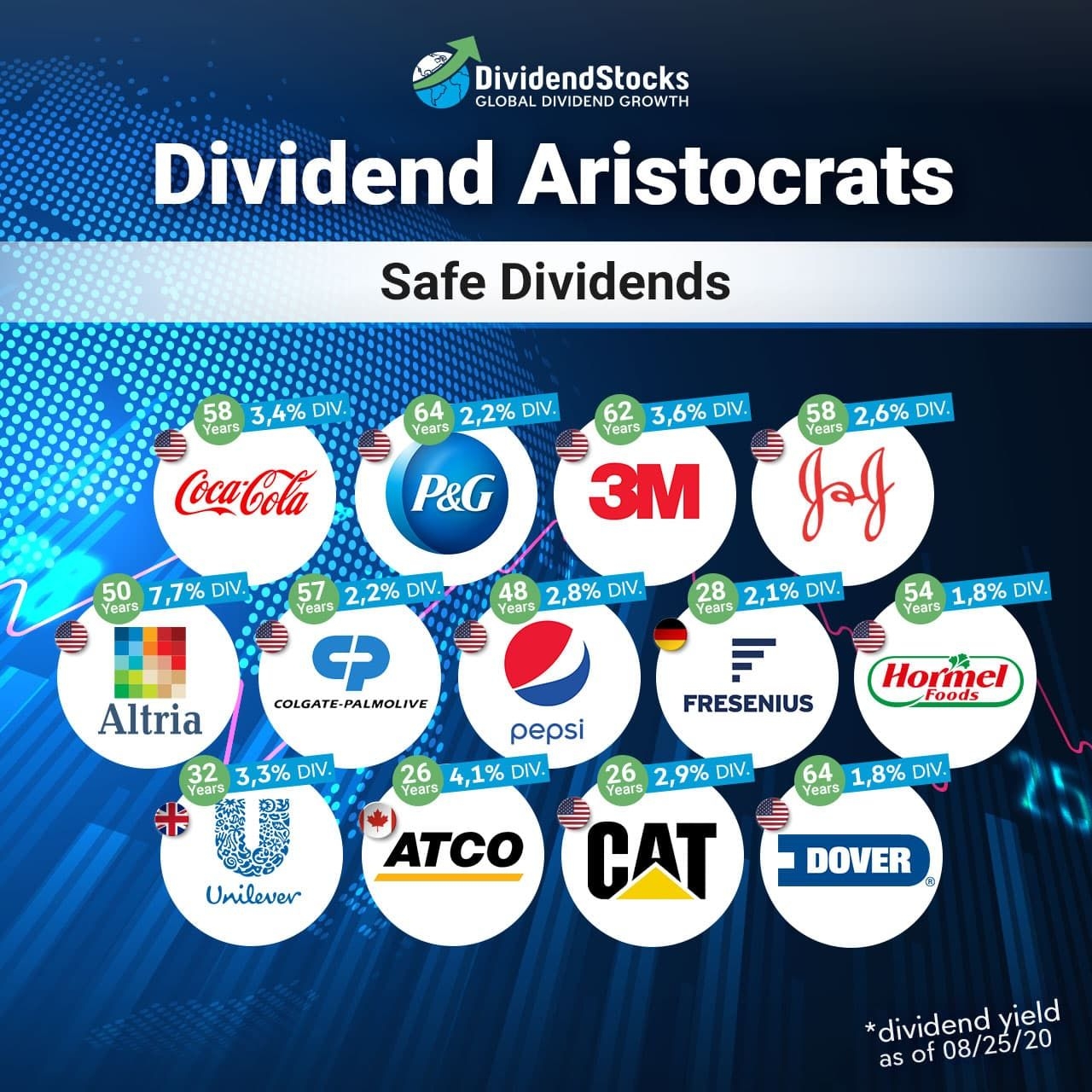

Preferred – this also refers to the class of shareholders receiving the payment.Common – this refers to the class of shareholders (i.e., common shareholders), not what’s actually being received as payment.It is usually the result of having excess cash on hand for one reason or another. Special – a special dividend is one that’s paid outside of a company’s regular policy (i.e., quarterly, annual, etc.).A company may also pay out other assets such as investment securities, physical assets, and real estate, although this is not a common practice. Assets – a company is not limited to paying distributions to its shareholders in the form of cash or shares.

These are paid out pro-rata, based on the number of shares the investor already owns. Stock – stock dividends are paid out to shareholders by issuing new shares in the company.The payment is usually made electronically (wire transfer), but may also be paid by check or cash.

Cash – this is the payment of actual cash from the company directly to the shareholders and is the most common type of payment.Below is a list and a brief description of the most common types that shareholders receive. There are various types of dividends a company can pay to its shareholders. This figure can be compared to Earnings per Share (EPS) from continuing operations and Net Earnings for the same time periods. As you can see in the screenshot, GE declared a dividend per common share of $0.84 in 2017, $0.93 in 2016, and $0.92 in 2015. The company announces the dividend (the value per share, the date when it will be paid, the record date, etc.)īelow is an example from General Electric’s (GE)’s 2017 financial statements.The board approves the planned dividend.



 0 kommentar(er)
0 kommentar(er)
